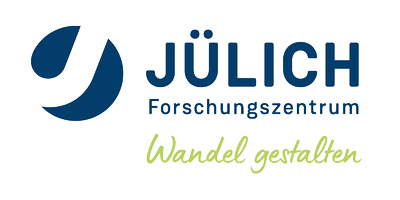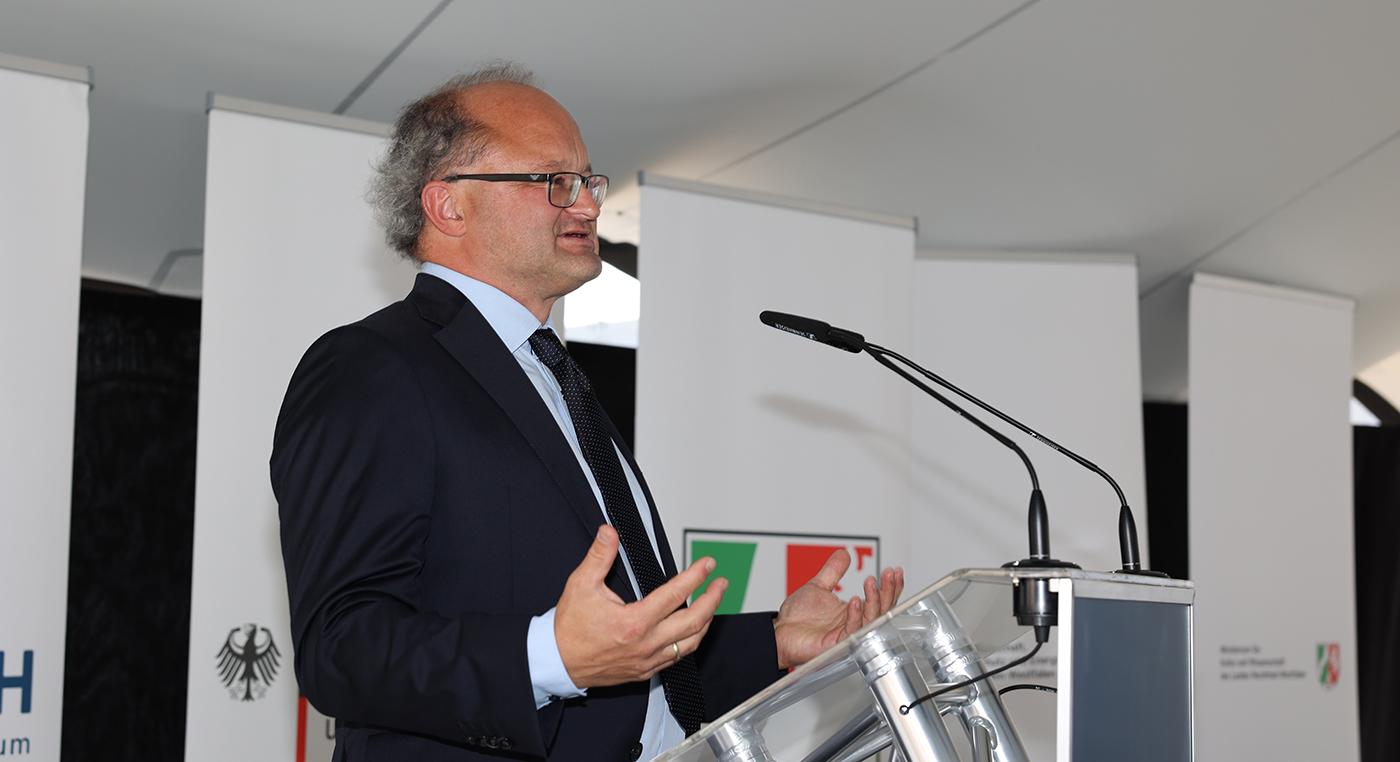New National Hydrogen Strategy
The German federal government published its National Hydrogen Strategy Update this week. The updated version of the strategy that was originally adopted in 2020 outlines an acceleration in the development of German hydrogen production. In it, there is a central focus on green hydrogen. However, it also provides scope for the use of other hydrogen variants on a transitional basis. Prof. Dr. Wasserscheid, founding director at Forschungszentrum Jülich’s Institute for a Sustainable Hydrogen Economy (INW), is positive about the amendments to the National Hydrogen Strategy.
Which amendments stood out to you in the National Hydrogen Strategy Update?
Peter Wasserscheid: It is interesting to see that the domestic production of hydrogen will be bolstered. The target for domestic electrolysis capacity in 2030 has been increased from 5 GW to at least 10 GW. The remaining demand is to be covered by imports. The overall availability of green hydrogen is therefore set to be increased significantly. This is a strong signal. In order to distribute the hydrogen, the update describes a hydrogen start-up grid with more than 1,800 km of hydrogen pipelines in Germany, which will then be integrated into a European grid with an additional 4,500 km of pipelines. This will ensure that large industrial sites with high consumption levels can be supplied with hydrogen from 2030. This is important, as it will create a hydrogen sales market and connect the producers and import ports with the major consumers in Germany.
Transformation pathways opened
There has been criticism of the hydrogen strategy update. Environmental organizations have been critical of the inclusion of hydrogen production forms that are less sustainable than green hydrogen. What is your take on the matter?
Peter Wasserscheid: I see it as sensible pragmatism. The overarching aim is clear: we want to produce as much green hydrogen as possible as quickly as possible. But at the same time, blue, turquoise, and orange hydrogen open up transformation pathways that make economic sense and also represent steps along the right course to an emission-free energy supply. Blue hydrogen is produced using natural gas. But the CO2 produced during this process is collected and stored under the sea in old gas reservoirs, for example. It therefore does not enter the atmosphere and contribute to climate change.
Of course, green hydrogen is more sustainable, since it does not involve the use of fossil fuels. But the other forms of hydrogen will enable the hydrogen economy to be ramped up more quickly with acceptable side effects as long as there is not enough green hydrogen.
Hydrogen and its derivatives
What do you take from the National Hydrogen Strategy Update in terms of your work at Forschungszentrum Jülich?
Peter Wasserscheid: An important part of the update is the accelerated market ramp-up of hydrogen and hydrogen derivatives, such as ammonia, LOHC, methanol, DME, and synthetic methane. These are chemical forms of hydrogen storage, which allow for the storage and transport of large quantities of hydrogen in existing infrastructure such as fuel storage facilities and tank trucks. These technologies should help to make hydrogen available more cheaply in Germany, ensuring that industry, the mobility of large and heavy vehicles, and demand-based electricity generation can be fully defossilized as quickly as possible. It is also about consolidating and building on Germany’s technological leadership in numerous hydrogen technologies.
This is where a direct link can be drawn to Forschungszentrum Jülich’s hydrogen activities. An important example of this is the new Helmholtz hydrogen cluster (HC-H2), in which these very promising technologies for the storage and transport of hydrogen are being developed and demonstrated in real-life applications. HC-H2 is thus not only making an important contribution to the energy transition, but also the structural change that is required in the Rhenish mining area.
About INW and HC-H2
The Helmholtz Cluster for a Sustainable and Infrastructure-Compatible Hydrogen Economy (HC-H2) has two major objectives: we want to show just how important and suitable for everyday use hydrogen can be as a carbon-neutral energy carrier so that the world can stop burning fossil fuels. Together with its project partners, HC-H2 also aims to demonstrate environmentally friendly and economically viable technologies for the energy economy of the future as quickly as possible. These new technologies should help to counteract the phasing out of lignite, providing new and sustainable economic power in the Rhenish mining area. HC-H2 was initiated by Forschungszentrum Jülich’s Institute for a Sustainable Hydrogen Economy (INW), which also supports the cluster in the long term.



